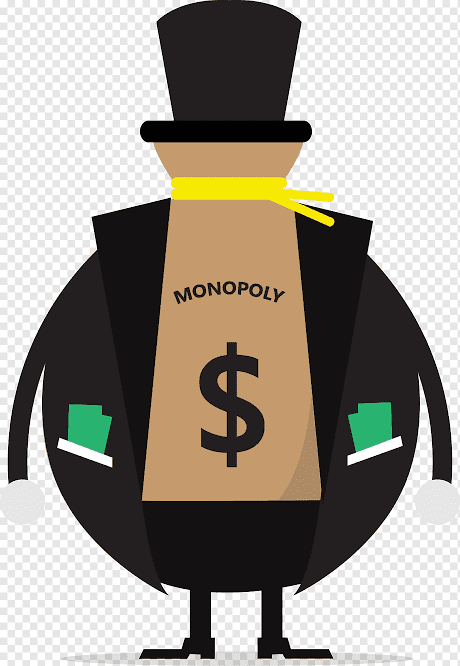•••Monopolistic competition•••
Think of a market system where the number of enterprises is large and there is free entry and exit of enterprises, but the commodities manufactured by them are not homogeneous. Such a market system is known as a monopolistic competition.
This type of monopolistic competition is frequently visible. For instance, there are large numbers of chocolate-manufacturing enterprises. However, many of the chocolates that are manufactured are related to some brand name, and they are decipherable because of the brand names, packaging, and slightly different tastes.
The customer develops a taste for a particular brand of chocolate over a period of time or tends to become loyal to a particular brand for some cause. Hence, the customer is not ready to immediately replace it for another brand of chocolate.
However, if the price difference becomes large, then the consumer would be willing to choose the chocolate from another brand. A customer’s penchant for a brand will often differ in depth, so the change in the cost price required for the customer to change the brand may differ.
Hence, if the cost price of a particular brand is decreased, some customers will shift to utilising that brand. Decreasing the cost price further will lead to more customers shifting to the brand. Therefore, the demand curve faced by the enterprise is not perfectly elastic as in the scenario with perfect competition.
The demand curve confronted by the enterprise is also not the market demand curve as in the scenario with a monopoly. In the scenario of a monopolistic competition, the enterprise expects a rise in demand if it decreases the cost price.
The demand curve of an enterprise is also its average revenue curve. This enterprise, therefore, has a downward-sloping average revenue curve. The MR is less than the AR and is also downward sloping. The enterprise increases its output whenever the marginal revenue is greater than the marginal cost.













0 Comments